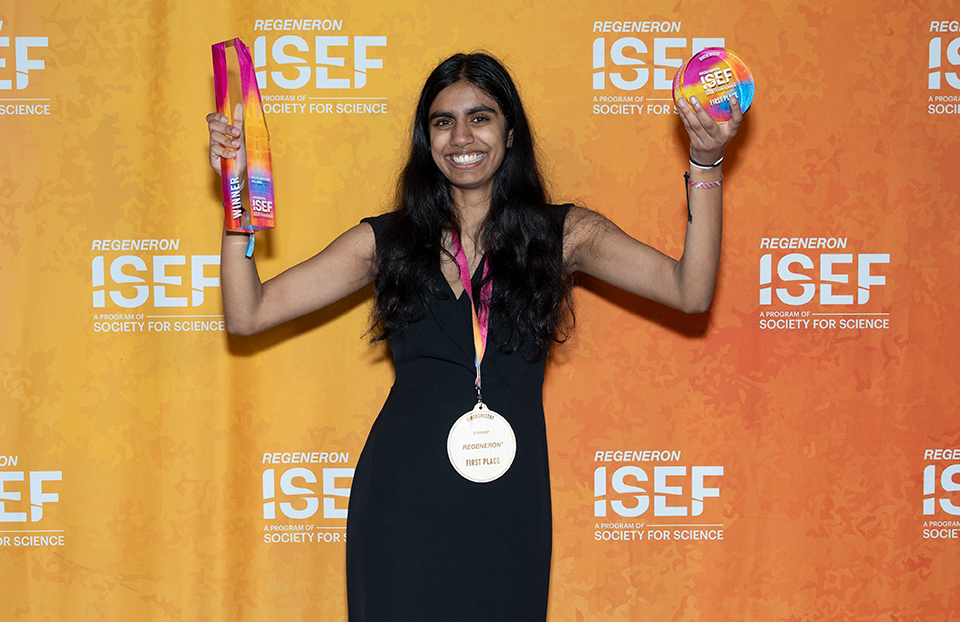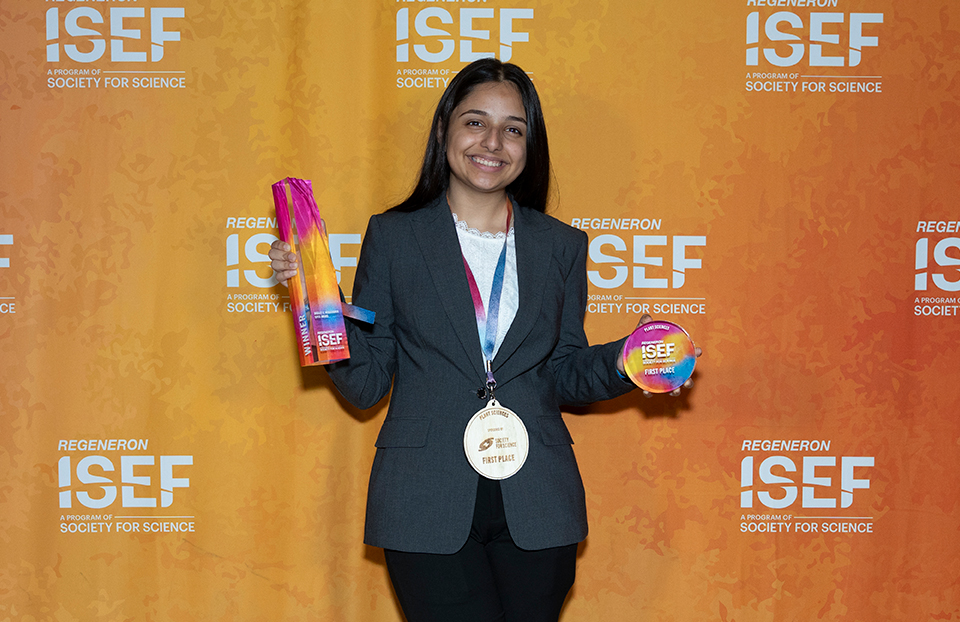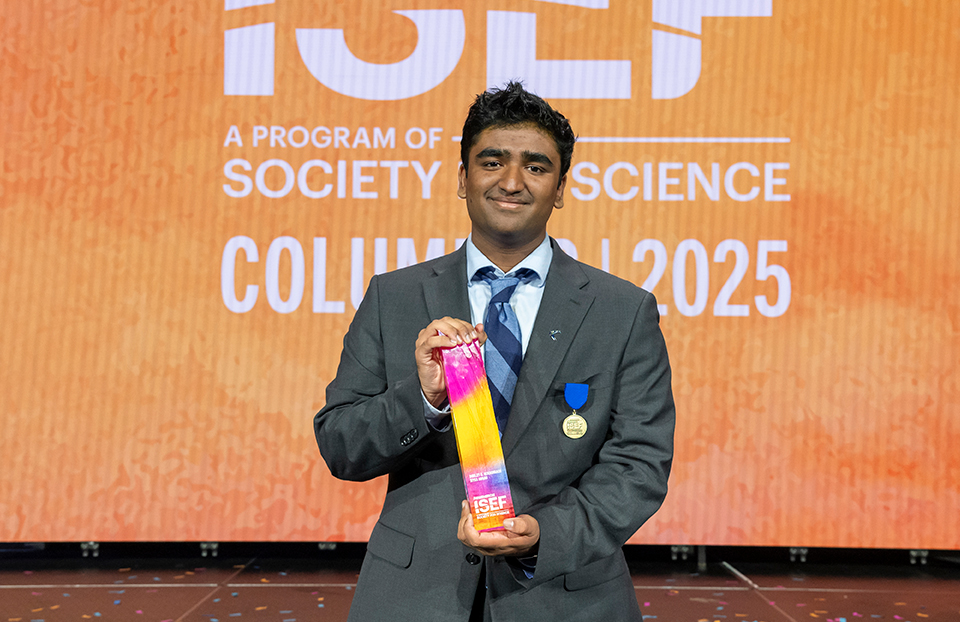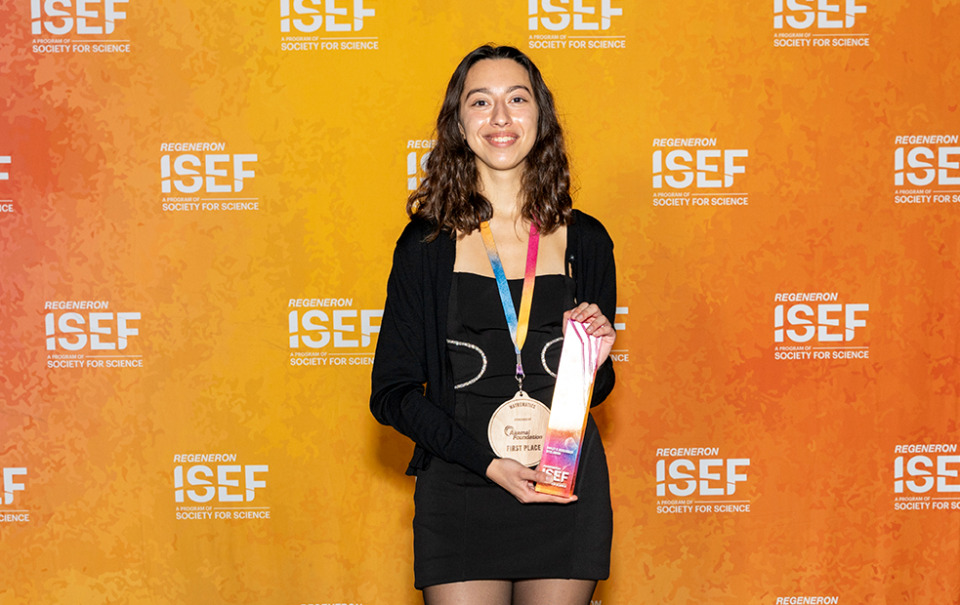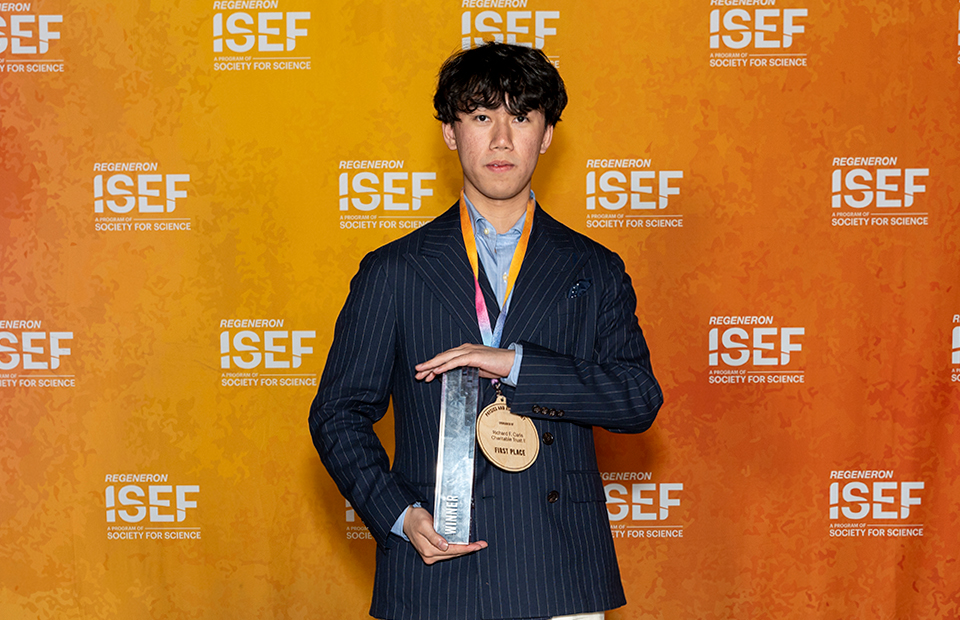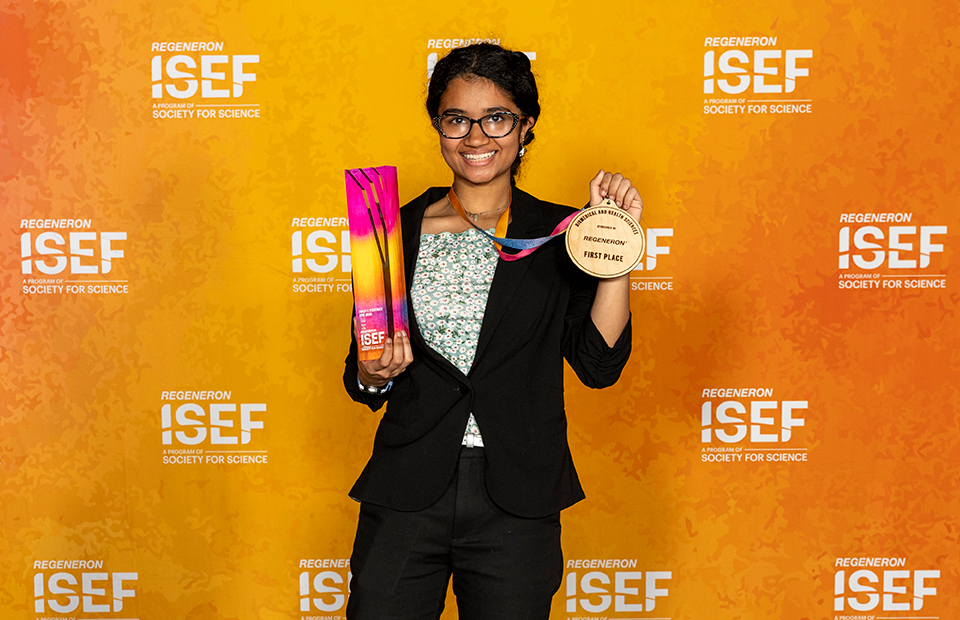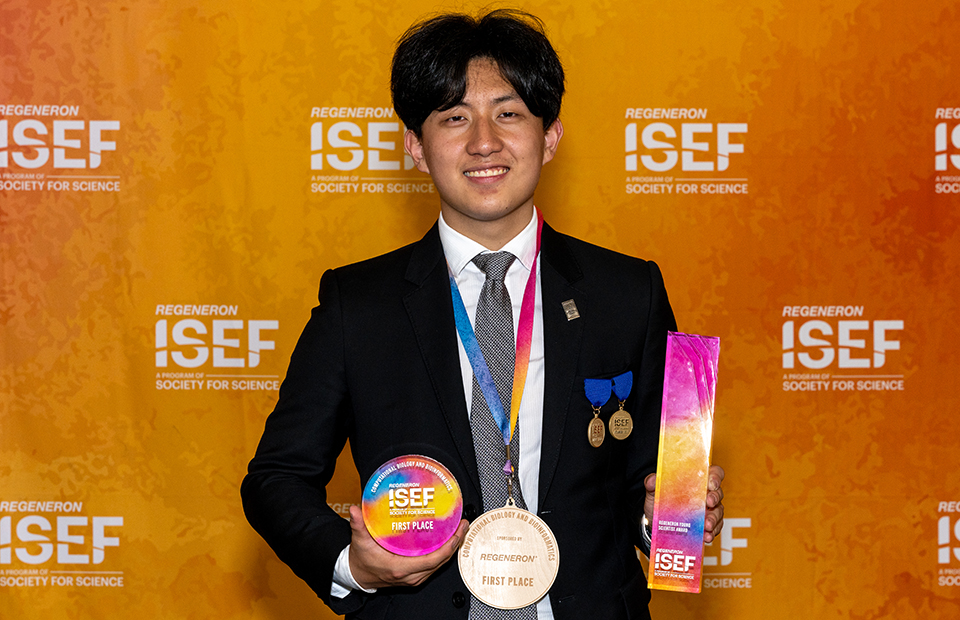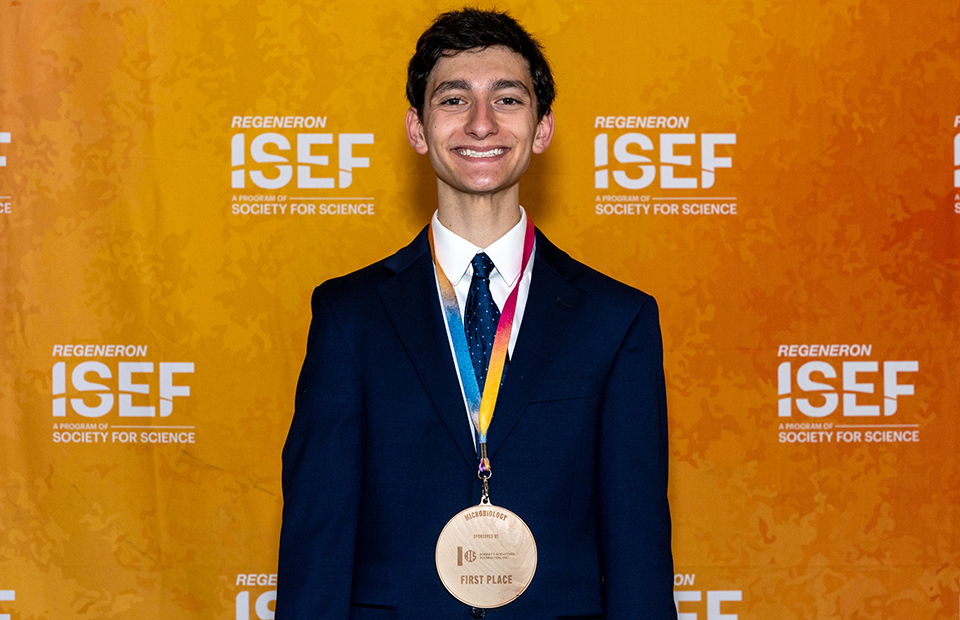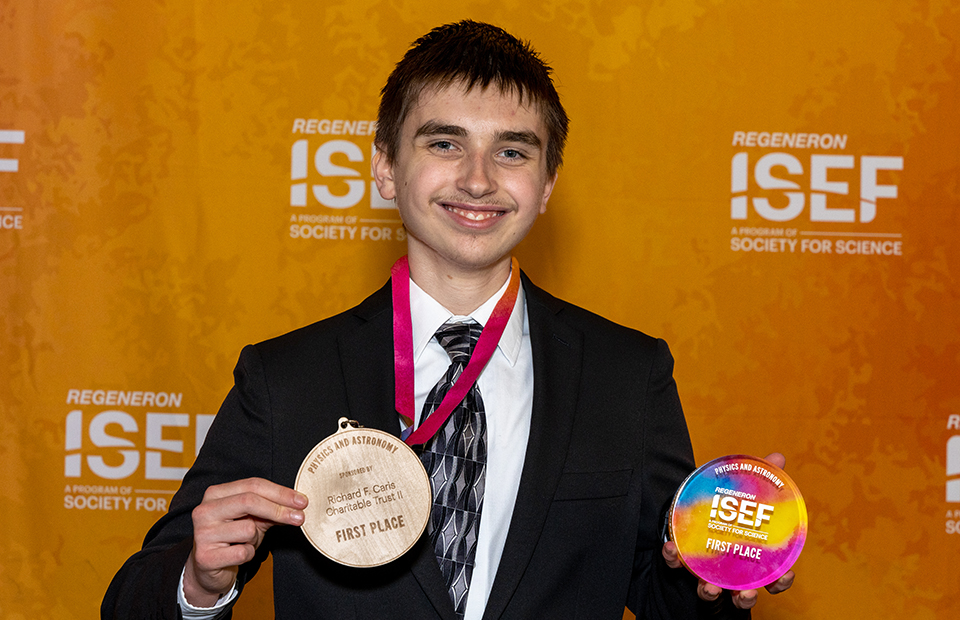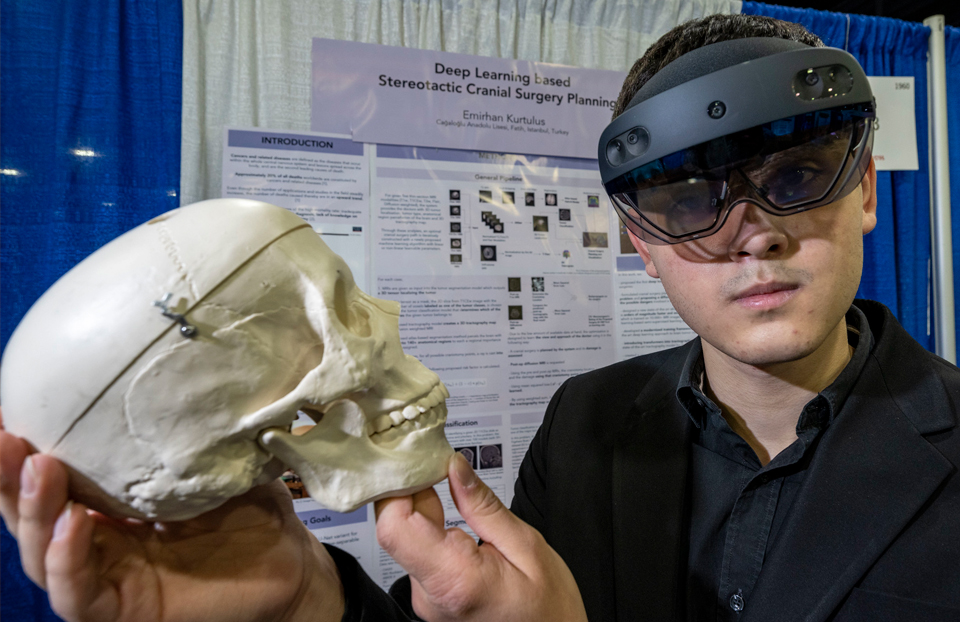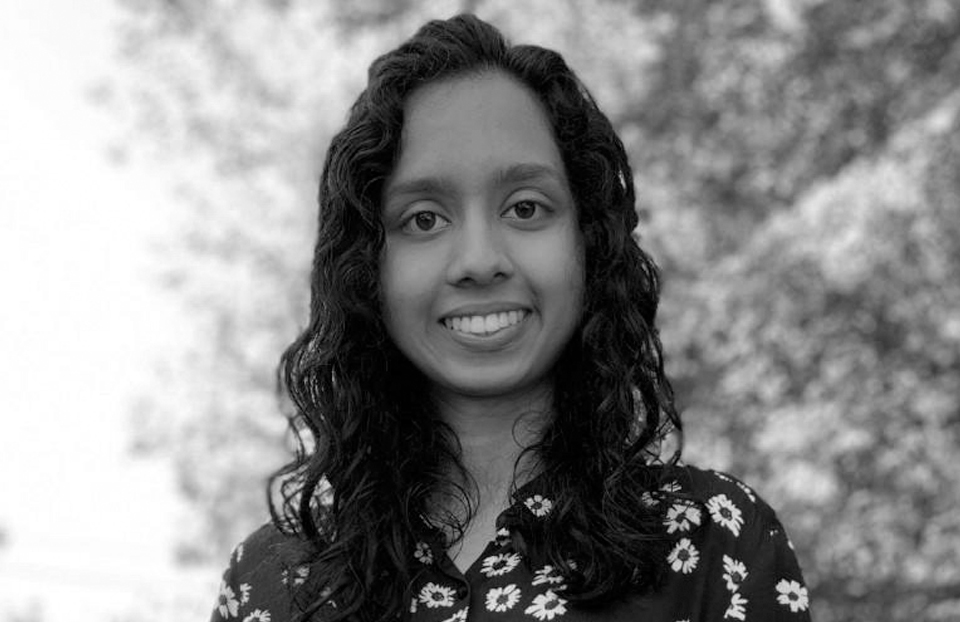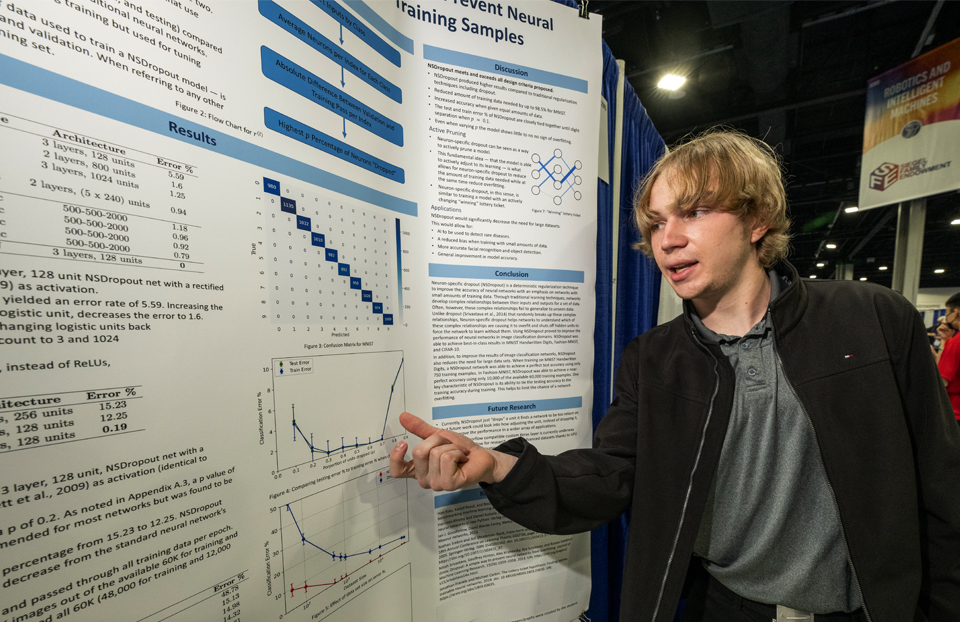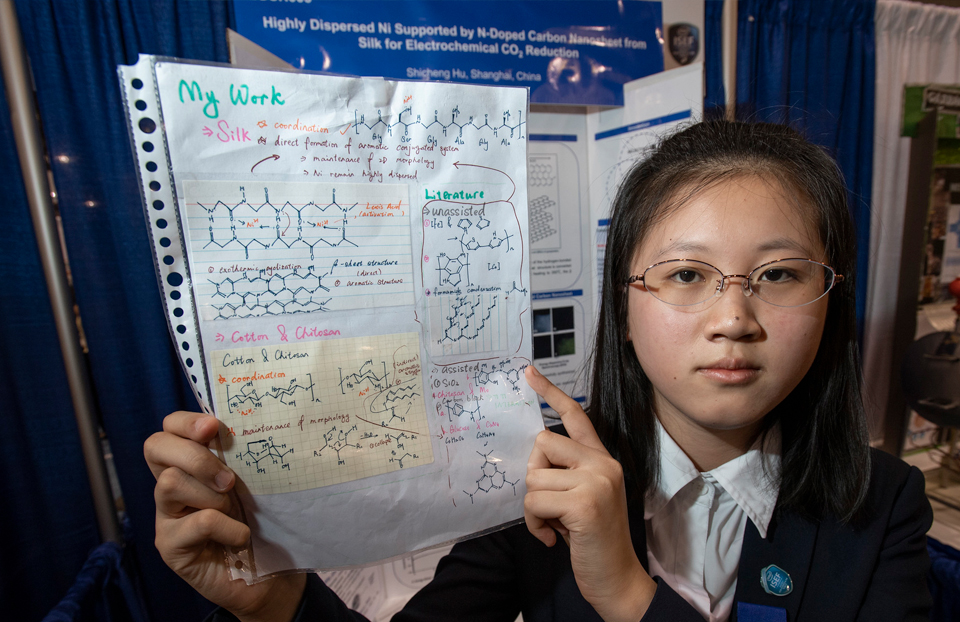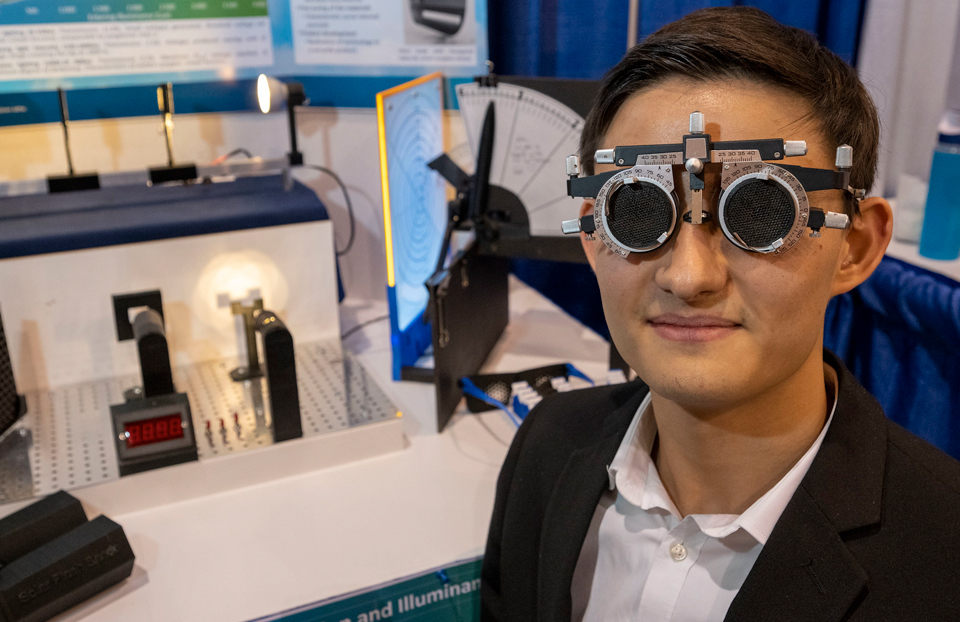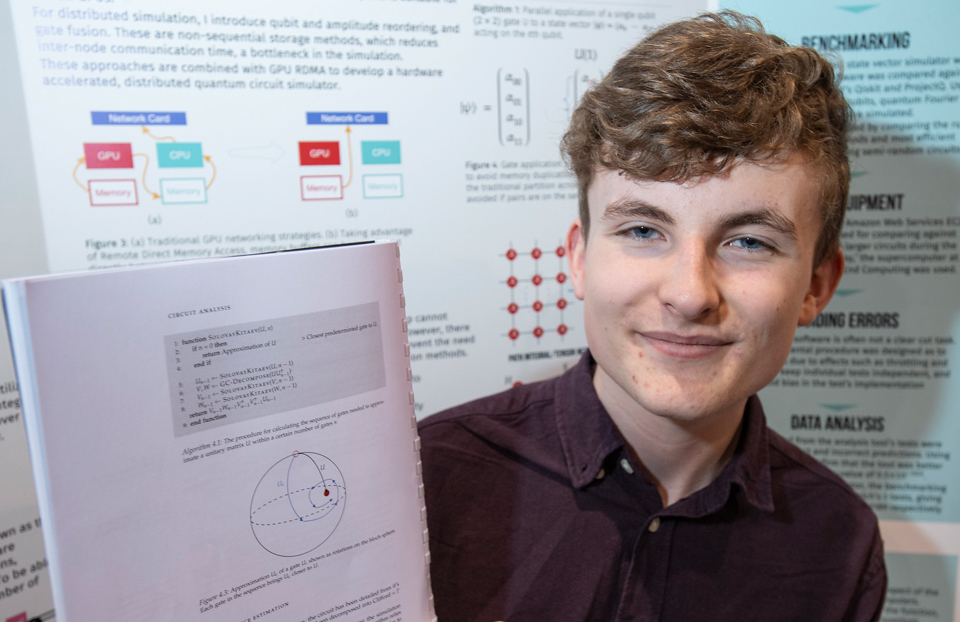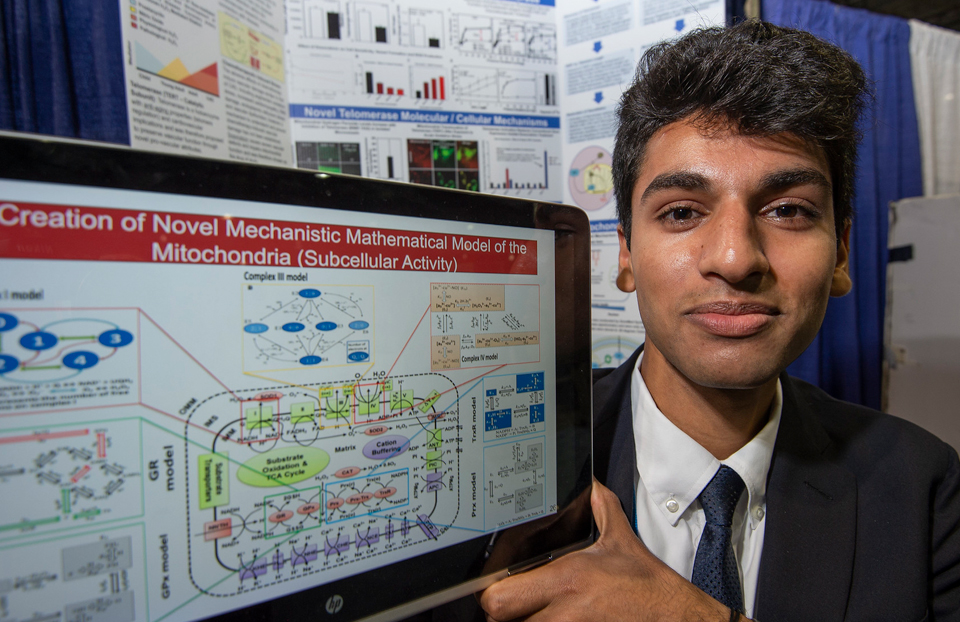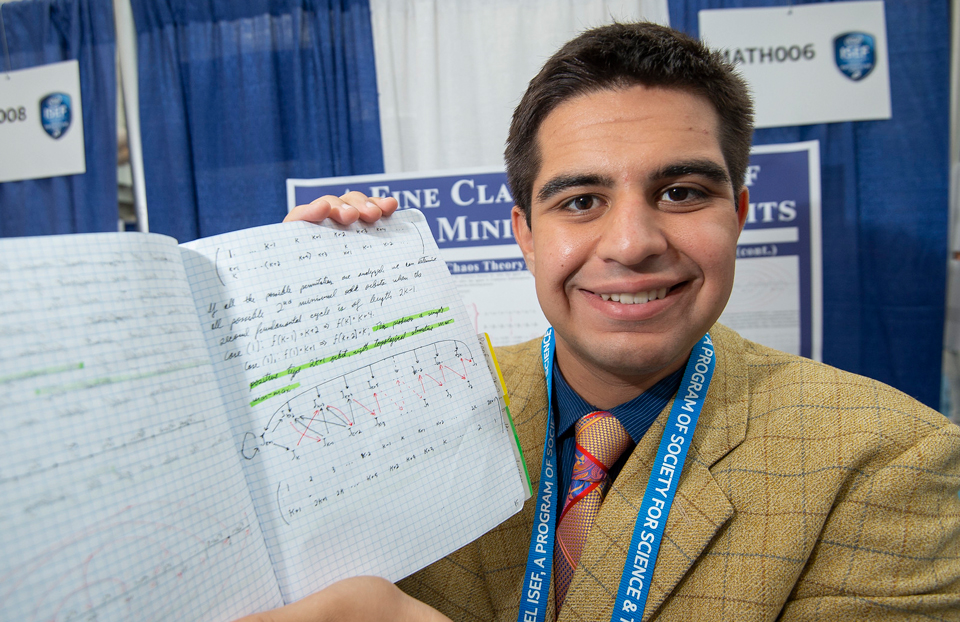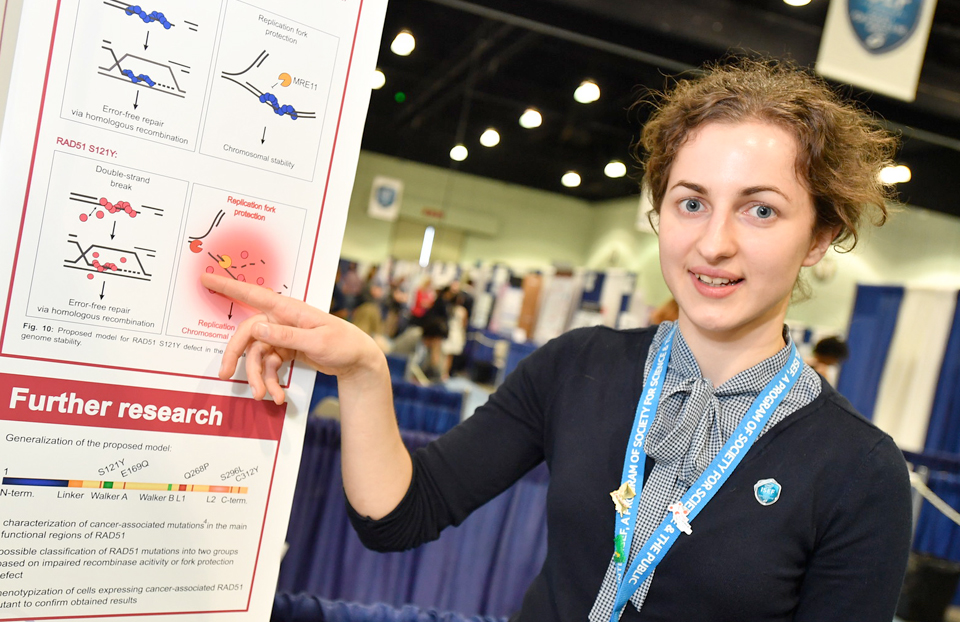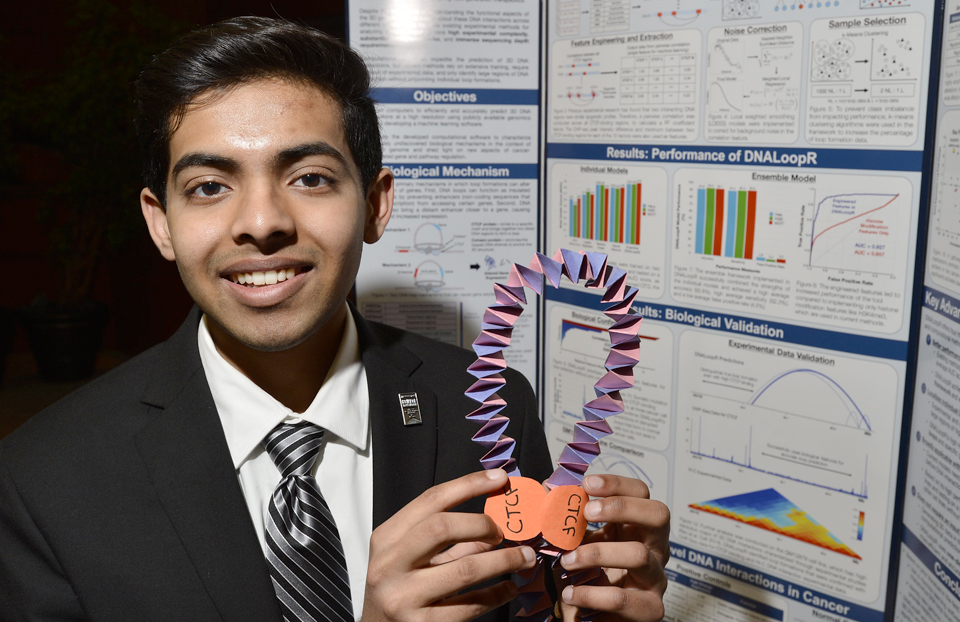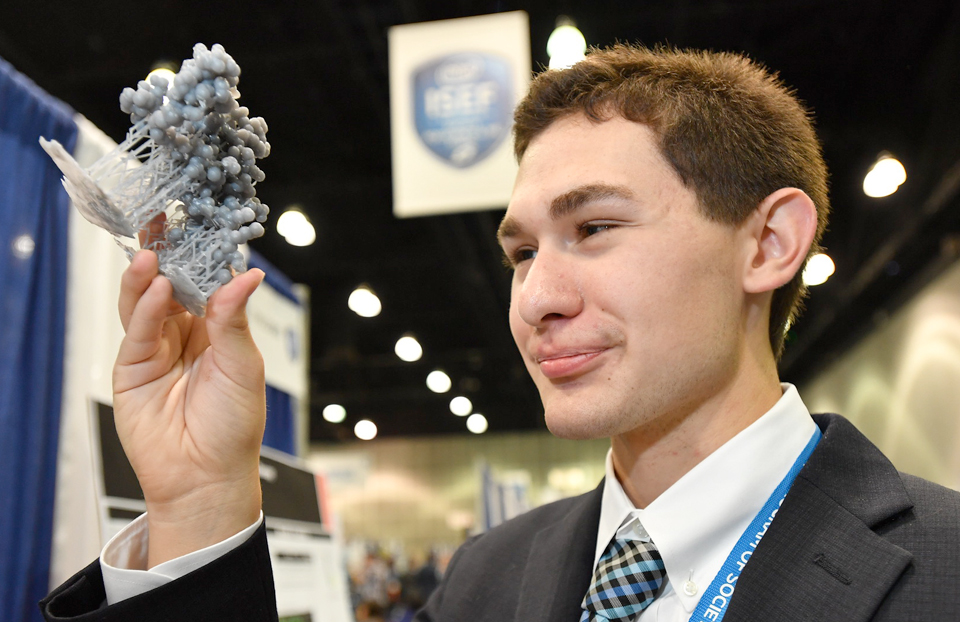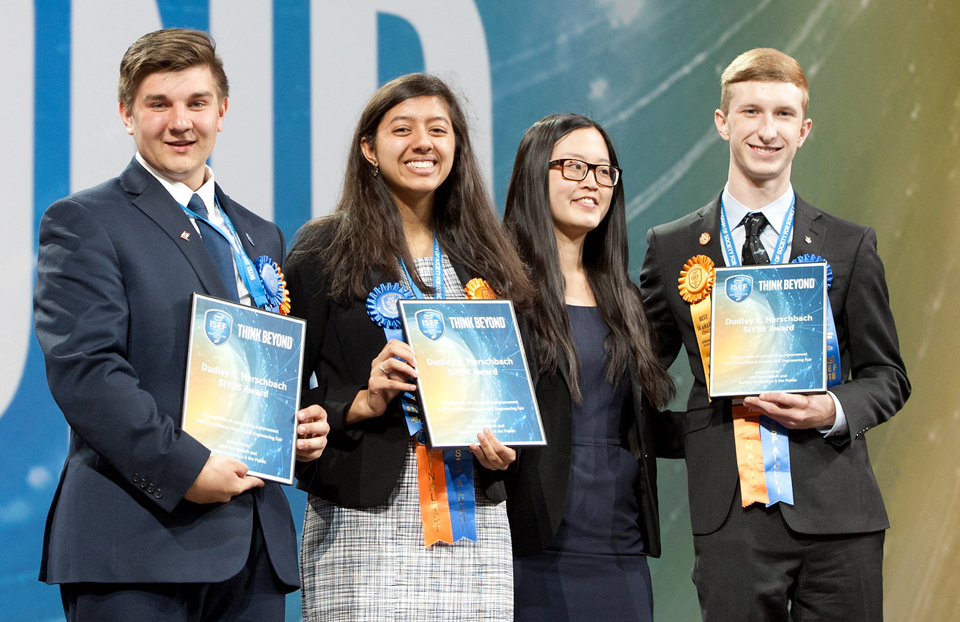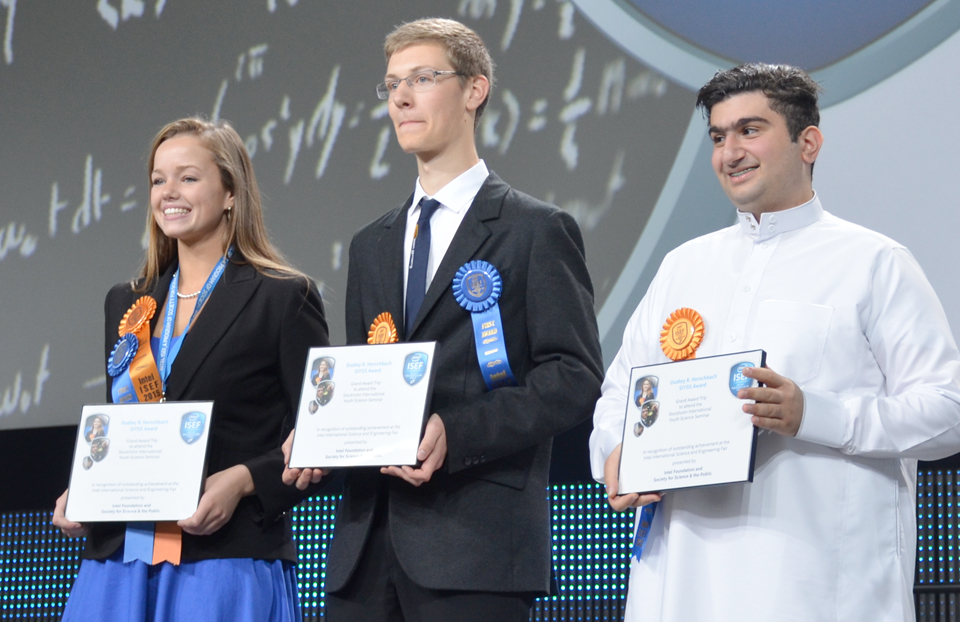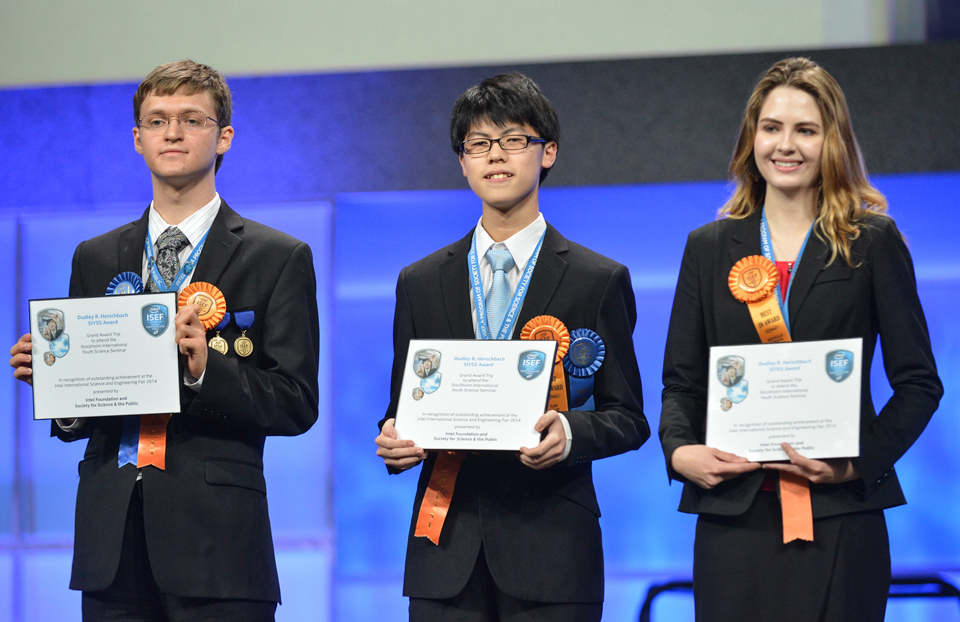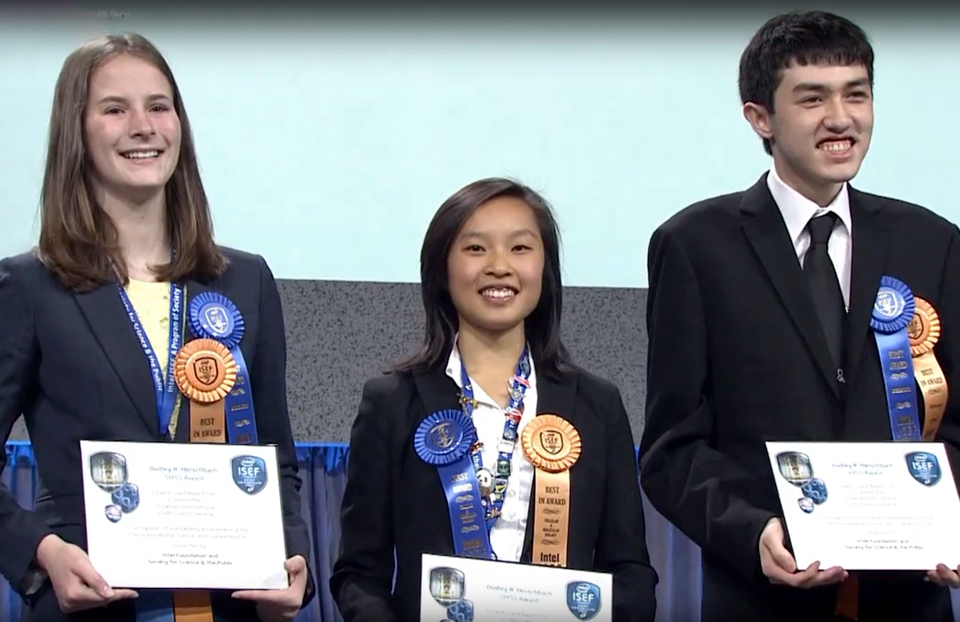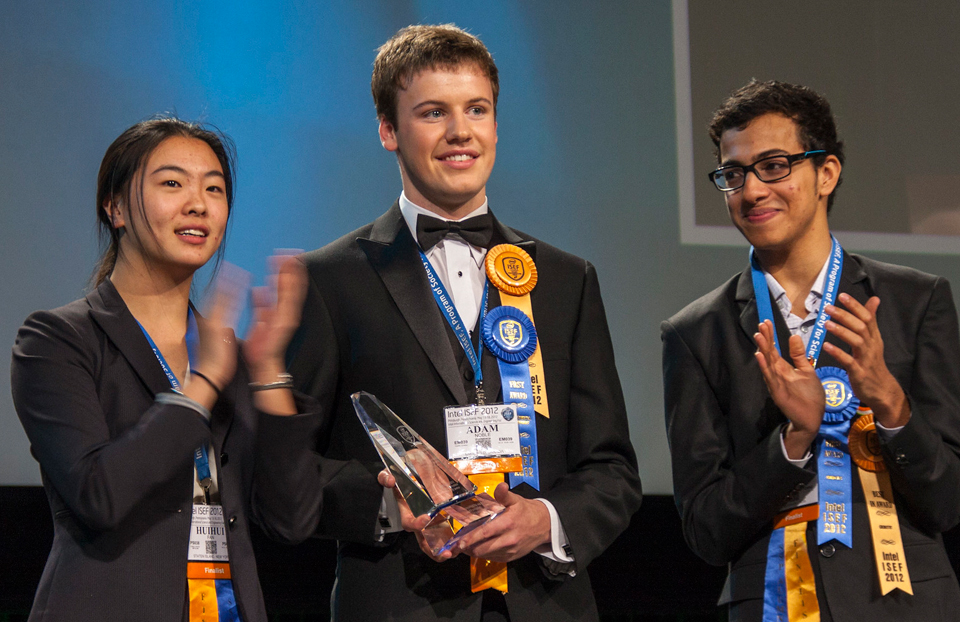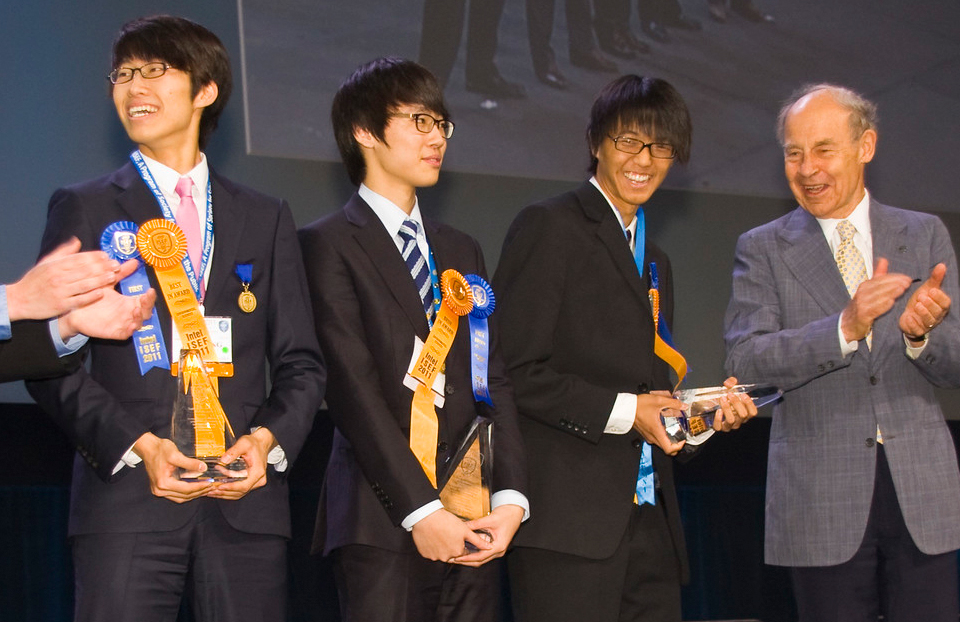Dudley R. Herschbach SIYSS Award
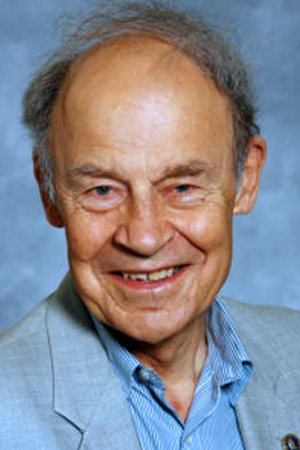 The winning finalists will receive an all-expense paid trip to attend the Stockholm International Youth Science Seminar during Nobel Week in Stockholm, Sweden.
The winning finalists will receive an all-expense paid trip to attend the Stockholm International Youth Science Seminar during Nobel Week in Stockholm, Sweden.
The Dudley R. Herschbach SIYSS Award is a multi-disciplinary seminar highlighting some of the most remarkable achievements by young scientists from around the world. The students have the opportunity to visit scientific institutes, attend the Nobel lectures and press conferences, learn more about Sweden and experience the extravagance of the Nobel festivities. The SIYSS is a multi-disciplinary seminar highlighting some of the most remarkable achievements by young scientists from around the world.
This award is named for Dudley R. Herschbach, Harvard Professor and 1986 Nobel Laureate in chemistry. He is Emeritus Board Chair of Society for Science
Learn more about the Regeneron International Science and Engineering Fair and about the awards presented at ISEF.
